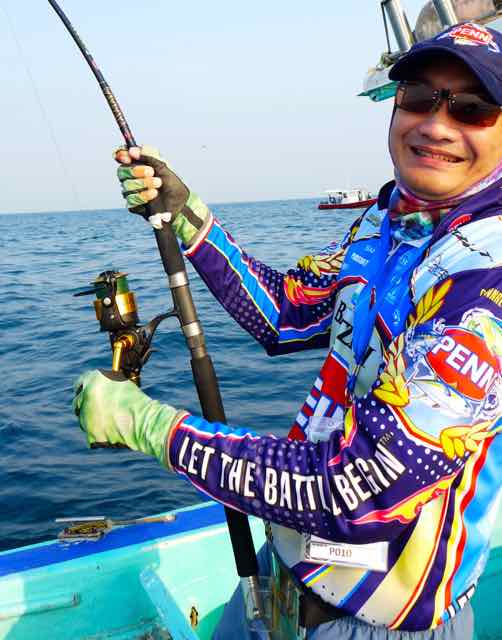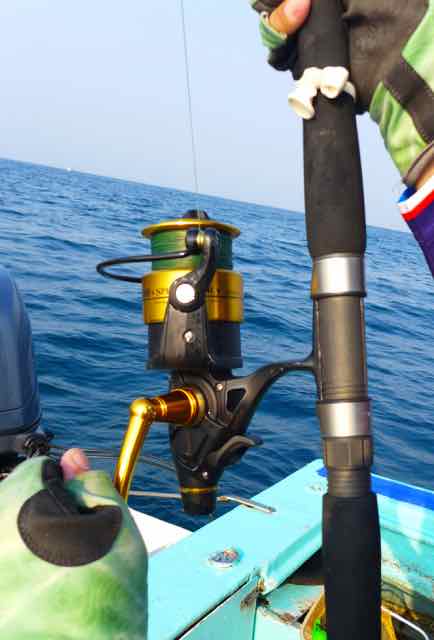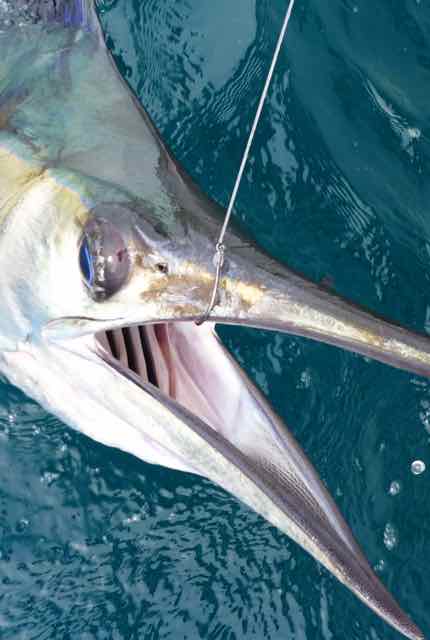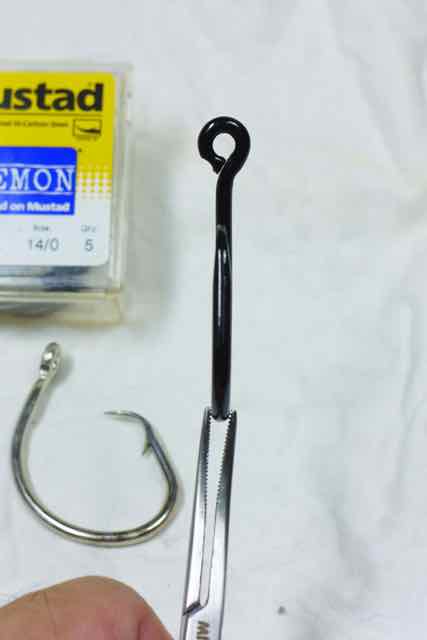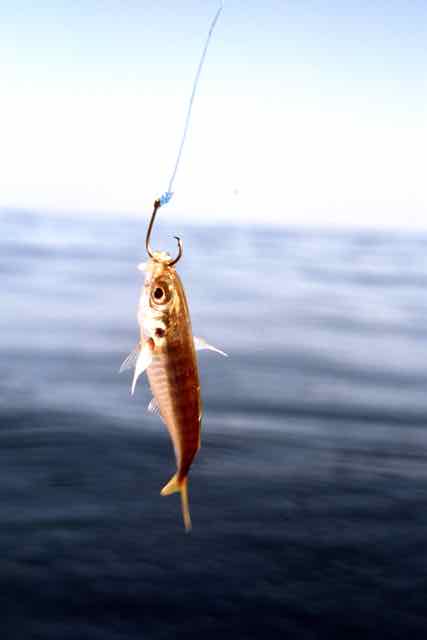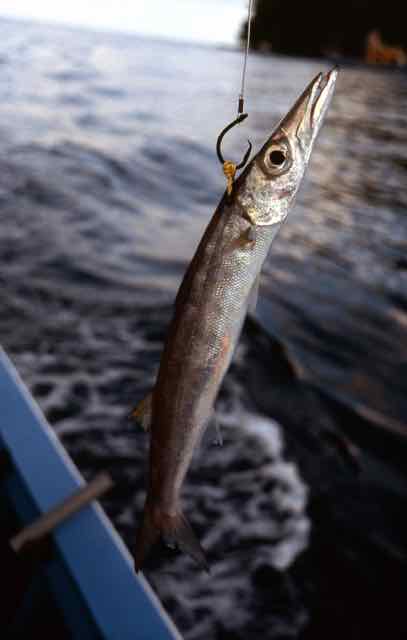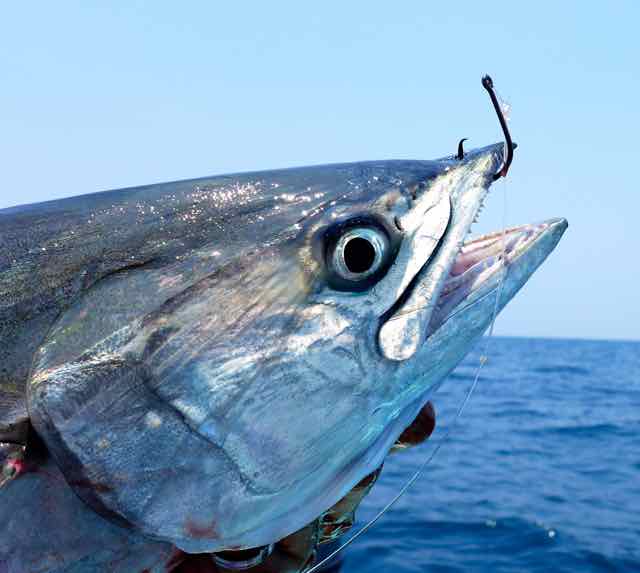
How
to hook up a fish with a circle hook
By Christopher S.G. Tan
Unlike the vigorous hookset required with a J-hook that most anglers are used to, the circle hook is very much the opposite. A beginner will find using a circle hook very simple, whereas experienced anglers of conventional J-hooks will need to suppress their instinct to perform a hearty strike to set the hook.
When
you
feel the fish bite, do nothing. Let the fish continue its
nibbling to take all of the bait fully into its mouth. The
rod should remain static, in your hands or rod holder. In
some cases, depending on the situation, you might want to
feed the fish the bait, either by lowering the rod tip or
feeding the fish line. The purpose of this is to ensure the
bait is fully engulfed. 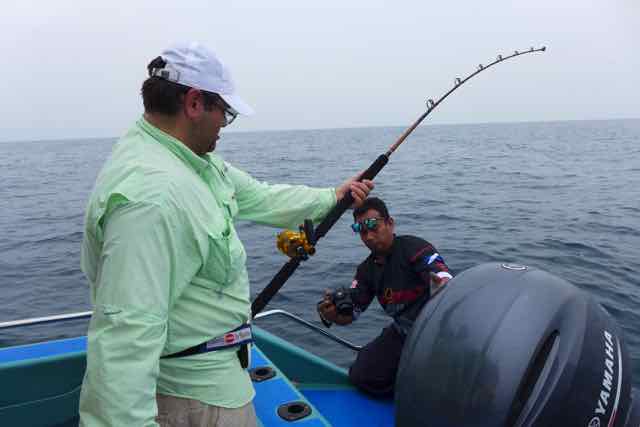
If you are practising the static method, only once the pressure from the fish steadily increases and the rod is fully under load only then do you start steadily cranking on the reel handle to keep the line tight and a firm steady pressure on.
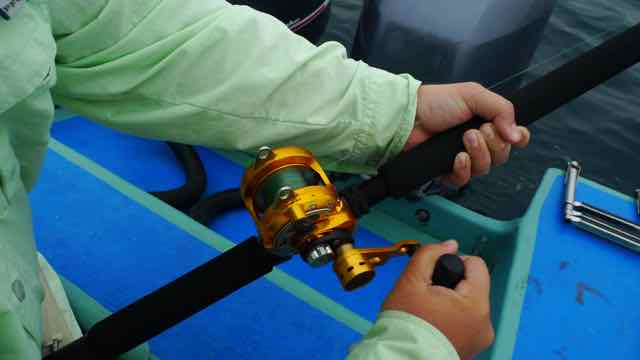
DO NOT strike or jerk the rod! What is happening is that with the steady pressure, the circle hook is being dragged from within the fish to the mouth and when the circle hook is dragged over the corner of the mouth, its curved-in point will catch on the edge of the mouth and the steady pressure will drive it through the flesh.
If
at
any time the hook is jerked suddenly by over-excited hands
on the rod before it has set, the circle hook could be
flipped over the corner and out of the mouth instead of
being dragged steadily and catching the corner. It is like
throwing a lure or treble hook attached over a tree branch
with a fishing line to the hook. If the lure is pulled to
just beneath the branch and given a quick jerk, it will flip
over the branch, free. Whereas if the lure or treble hook is
pulled slowly and steadily over the branch it will very
likely get a point snagged into the branch.
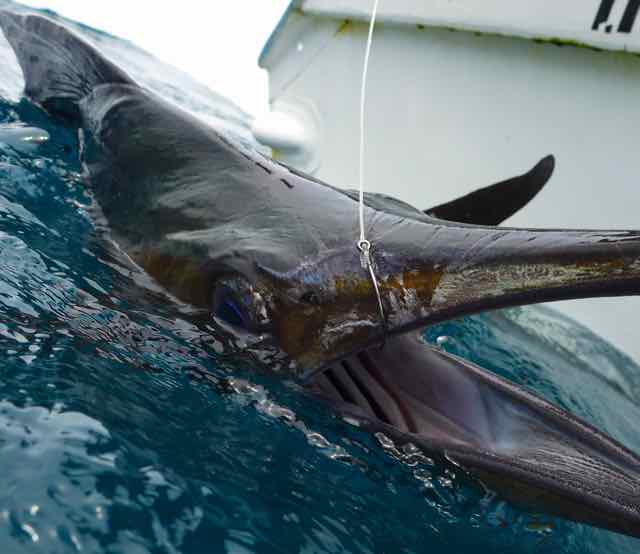
If
you are feeding the fish line, once you think the bait is
fully in the fish's mouth, carefully increase the drag up
the fighting drag setting without causing a sudden jerk.
Some experienced experts say you should count to twenty
before "setting" the circle hook to allow the bait to be
swallowed. Others work by "feel" and experience.
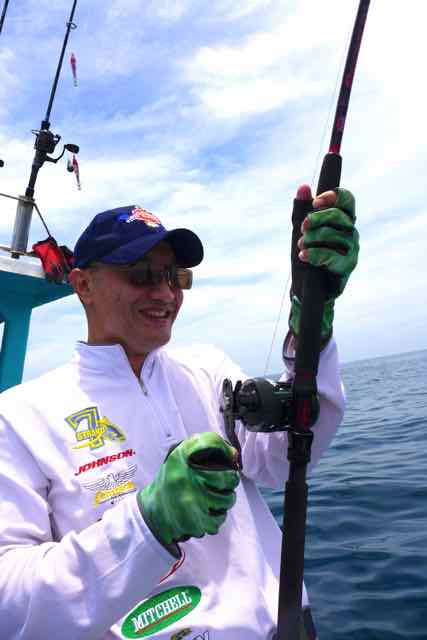
A lever drag reel is ideal for this method as you just slowly push up the drag lever setting, steadily increasing the drag. For star drag reels (or Live-liner, Bait-runner spinning reels), hold the rod tip up as the line is being fed, then engage the drag while simultaneously lowering the rod tip to prevent a sudden jerk when the drag is engaged. Continue lowering the rod tip but reduce the drop rate of the rod tip as this will steadily increase the pressure on fish and hook. Then as in the static method, hold the rod steady and crank on the reel handle, keeping the line tight. Once the fish starts running and taking line off the reel, you can start fighting the fish as you usually would as smoothly as it should always be done of course.
Simple is it not? The most important thing for experienced anglers is not to strike with the rod. Keep the rod steady. I have seen a number of experienced anglers in the heat of their excitement forget the technique and revert to the severe strikes they are so used to and immediately pull the hooks out!
Conservation
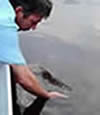
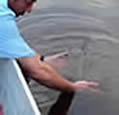
We need to protect and conserve our resources by practising catch and release of our sportfish and protecting the habitat of our fishes.
